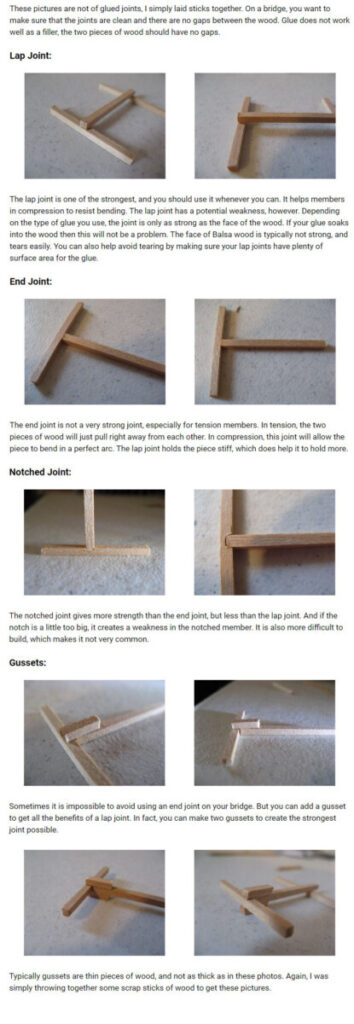Exploring the Cube from within

2.1 Cube
CLASS OBJECTIVES
Design skills: Learning about the significance of ordering and proportion systems in design. Exploring the relationship between interior and exterior space, shaping the experiential quality of void space.
Practical Skills: The students will generate a series of grids to establish order, rhythm and proportion in a 2-D abstract field. Once the grids are established, they will be manipulated to create 3-D space within a given volume.
CLASS DISCUSSION
- Architectural design and ordering using rhythm and Proportion
- Cube – understanding + representing a volume in 2D
A) Rectilinear Form
Use all 3 iterations from Project 1 and combine them into one rectilinear form.
The blocks should actively interlock and support each other structurally.
DELIVERABLES
- Create 3 iterations of rectilinear forms
- Photographic catalog of models on Miro
B)‘Encasing’ the rectilinear form
Chose the most successful rectilinear form, and define the rectangular bounding box of your 3d-puzzle composition. Record its dimensions.
DELIVERABLES
- Photographic documentation of all 6 elevations
- (1) JPG drawing of the unfolded elevations drafted in Rhino (Multiview drawings, 6 views)
C) The implied Cube
Using your rectilinear form you will challenge and undermine its structural stability by ‘exploding’ integral blocks within the imaginary boundaries of a cube.
EXERCISE
a) Suspend the puzzle in a larger bounding box, 8inch cube.
b) ‘Explode’ your 3d puzzle within the implied boundaries of the 8inch cube
DELIVERABLES
- (1) JPG diagram: 3 axonometric drawings showing (a) the rectilinear form within its original bounding box, (b) the rectilinear form suspended within the enlarged 8inch cube, and (c) the ‘exploded’ pieces within the 8inch cube.
2.2 Grid
A) Test architectural joinery and develop components
Use basswood sticks (square-profile 1/8”) to develop 3 components using min. 3 different joinery types, including lap joint, end joint, notched, gussets.
DELIVERABLES
- Catalog of photos on Miro (min 3 edited photos per component)
Joinery Reference sheet:

B) Construct 3 systems of components
Develop min. 3 different systems based on the components that you developed.
Try the following basic organizing principles:
- Clusters: Loosely arranged collection of shapes
- Axial: “nodes” in space connecting with well-defined axes
- Grid: a set of ordered points and lines
DELIVERABLES
- Catalog of photos on Miro
2.3 Construct of support
Choose 1 system from 2.2B and develop a construct of support for your rectilinear forms in their exploded positions.
Note that the relationship between individual blocks and system of support must be reciprocal.
DELIVERABLES
- Catalog of photos on Miro. Make sure to document your work during its development (5+, 10+, 40+ ,60+ components)
2.4 Inhabiting the Cube
CLASS OBJECTIVES
Design skills: “Knowing your design.” Navigating interior and exterior space. Translation and communication of design ideas in drawing language.
Practical Skills: Exercise hard line drawing skills, to capture 3D form and space in a “3D” drawing. Drawing accuracy, abstract visualization.
A) Additive / Subtractive Form
CLASS DISCUSSION
- Solid and Void (creating space through process of removal/carving)
EXERCISE
Using Boolean difference command in rhino, explore negative space.
B) Assigning Scale
Explore the human body at scale: 1/8” = 1’-0”
In rhino draft 4 elevations and introduce scale figures.
Resources
Scale Figures
In Photoshop, apply shade/shadow to the elevations. Review video tutorial
C) Exploring the Section
- Using the clipping plane explore vertical and horizontal cuts in Rhino
- Draft 2 orthographic sections with scale figures on an imaginary ground plane.
Explore the poche in detail. Ask:
How do people circulate? How do people enter/exit? Where are the openings? How does air and light travel though space?
REFERENCES
Photoshop tutorial: How to shade your elevations and sections
DELIVERABLES
- (1) JPG drawing showing 2 axonometric views one of the positive and one of the negative (Rhino rendered mode)
- (1) JPG drawing showing 4 elevations with shade/shadow, scale figures, and graphic scale.
- (1) JPG drawing showing 2 orthographic sections with entourage
GRADING PARAMETERS



